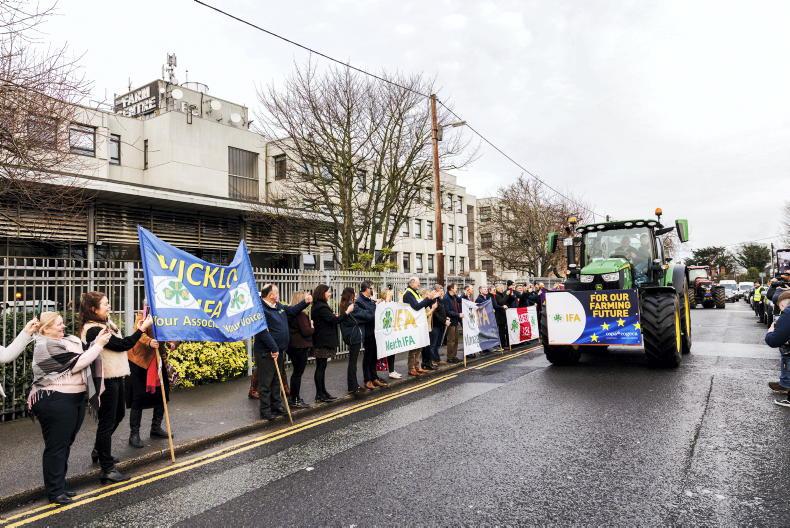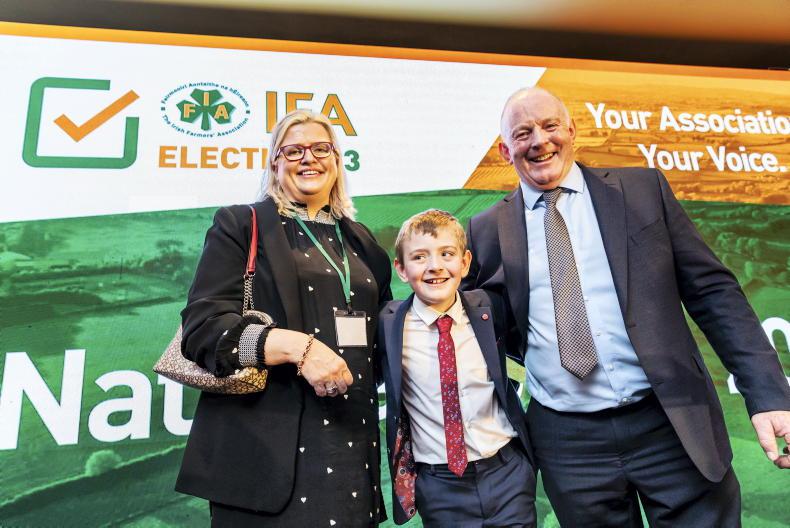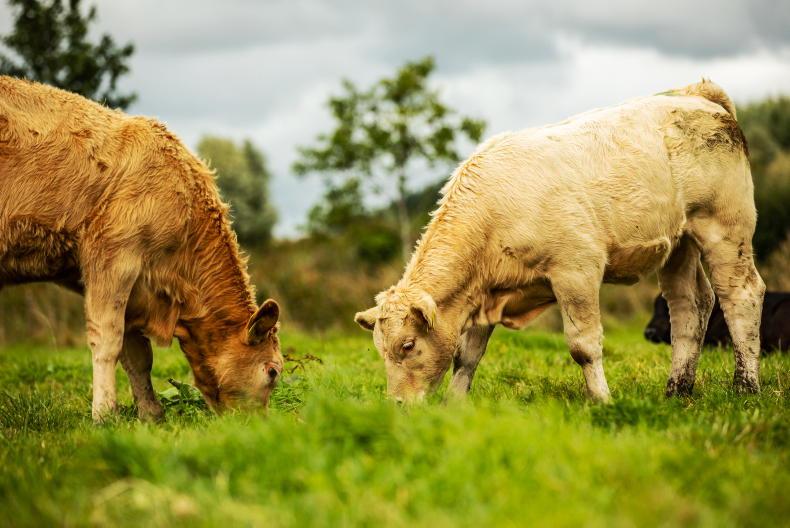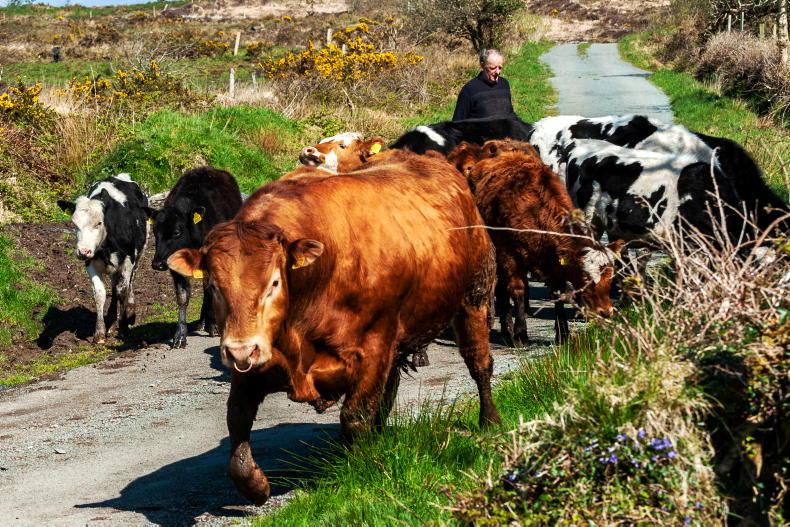A one-size-fits-all approach to eco schemes will not suffice for farmers - capital investment will be needed for real results, according to Patricia Deane from the MacGillycuddy Reeks European Innovation Partnership (EIP).
“If the Government are serious about climate change and biodiversity, there must be a capital budget included for eco schemes in the next CAP, it can’t just be a results-based payment,” she said.
Deane, the project manager of the EIP, has been working with a team on controlling and managing gorse, bracken, heather, purple moor grass and Rhododendron ponticum in Kerry and particularly in the area around the Killarney National Park.
The programme was set up in 2018 to run for four years, with a budget of just €950,000.
“We were inundated with applications - 60 individual farmers and 18 comanages applied -we could only take half of that, 30 farmers and nine commanages,” she said.
Widespread
“What we didn’t foresee was how widespread the problem of Rhododendron ponticum was. One farmer had 270ha of land that was covered with it, a complete infestation.”
Dunne told the Irish Farmers Journal that while Rhododendron ponticum is extremely harmful to livestock, it is not just an agricultural problem.
“It can be fatal to deer, birds, insects and bees, even the honey made from the flower of it can be fatal to humans, so essentially it is detrimental to biodiversity,” she insisted.
In 2018, a working group of around 70 people was set up, all of whom were paid through the EIP.
These people were all local to Kerry, many of them farmers, looking to tackle the problem on their own farm, and some were local people looking to make extra money during the quieter months.
“Everyone that is hired must be trained properly. They did a course on how to manage Rhododendron ponticum and other weeds, and they were also trained in pesticide awareness,” she said.
Dunne explained that getting rid of Rhododendron ponticum is extremely labour-intensive and intricate work, as it cannot be killed off easily by herbicide.
Hatchet
“The waxy nature of its leaves causes herbicide spray to simply run off it and on to the ground.
“A hatchet is used to cut into the bottom of the stem at the very base. It then must be directly treated with herbicide so that the root and the whole stem is killed off,” she explained.
“Each stem must be treated in order to eradicate it. One stem, if left, can produce one flower and that flower can produce 7,000 seeds.
“It is also extremely flammable and burns very well, which we saw with the wildfires in Killarney National Park last year.
“So you can see how the work must be done thoroughly, and on an ongoing basis, to completely stop the spread,” she insisted.
Financial supports
Dunne is worried that if the adequate financial supports are not delivered in the next CAP, that her work and that of the local people and farmers will be completely undone.
“Farmers are not going to pay out of their own pockets to eradicate this problem, because they simply can’t afford to.
“There is the potential for 33% of land in Ireland to be covered in Rhododendron ponticum if the problem is not managed,” she said.
Dunne was adamant that the Department must step in and provide capital funding in the next CAP, for the sake of Irish farmers and the greater good of biodiversity in the country.









SHARING OPTIONS